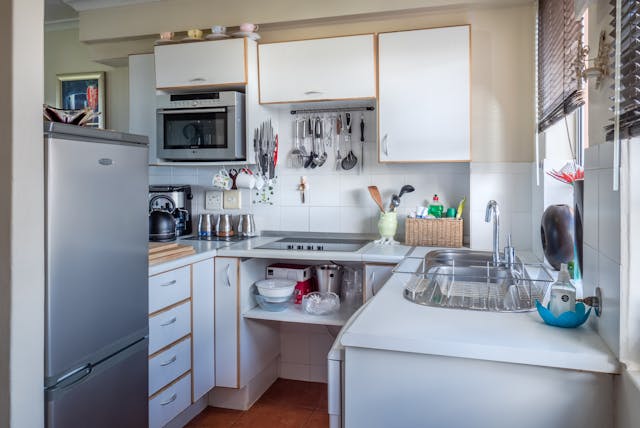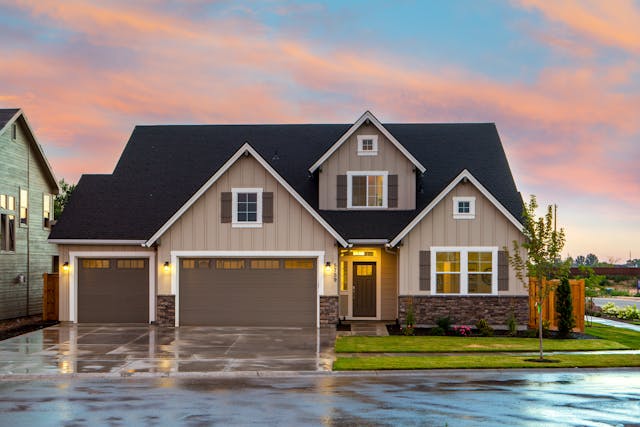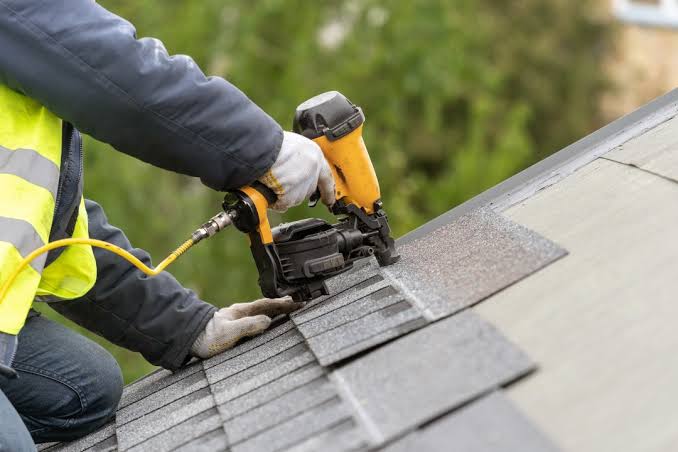Base kitchen cabinets are the cabinets that are built to sit on the ground or base of the kitchen. Installing these might sound overwhelming at first, but anybody can pull it off with the right approach. In this article, we will walk through the steps detailing dos and don’ts to help ensure base kitchen cabinet installation goes smoothly, even for those with minimal to no prior experience.
Collecting Tools and Materials Needed
Before starting the installation of your base kitchen cabinets, you will want to ensure you have everything you need. This includes a power drill, a level, a tape measure, a stud finder, and a pencil. Also, clamps, shims, screws, and a screwdriver will be useful. Having these things in hand will ease the process, decrease interruptions, and improve the efficiency of the project.
Preparing the Area
The most important aspect here is preparation for the installation process. If you have cabinets that need to be removed, you will want to go ahead and do that as well as clean your walls and the floor. Then use the stud finder to find the wall studs. These points should be marked clearly as they will help establish the anchor points for the cabinets. Measure the height and width of the space so the cabinets can be fitted perfectly – there should be no guesswork in this process.
Creating a Level Base
Creating a level base is crucial throughout. This will keep the cabinets level and steady for ages to come. To do this, find a level line on the wall. As a starting point, you can mark the level line on the wall at 34.5 inches above the floor, to allow for standard countertop height. Ensure it is levelled using a laser or bubble level. After marking this area, temporarily put a ledger board along this line to support the cabinets during installation. Taking this step ensures a solid foundation.
Positioning the Cabinets
Getting the cabinets in their rightful place. This hinges on whether you have a corner or end cabinet. The corner or end cabinet should be the first to be installed since it guides the rest of the installation. Position the cabinet against the wall, aligning the top with the ledger board. Use shims to level it, making any necessary adjustments. Once everything is aligned and you’re satisfied with the fit, secure the cabinet to the wall using screws and a power screwdriver.
Installing Extra Cabinetry
Once the first cabinet is installed, continue to install the rest of them. Fit each cabinet next to the last with little to no gaps. Clamp the cabinets together, and then drill screws through the face frames to hold them together. Keep checking to make sure that it is level and that the 2-by-4s are lined up, and use the shims to adjust as necessary. All of that work in this stage leads to a well-done lid.
Establishing Stable Alignment
Once you build, check the stability of all cabinets and if they sit next to each other, if they are aligned. Filler strips hide gaps between cabinets and the wall, giving a more seamless look. Avoid loose screws, make sure everything is tight. Having paid attention to all these details now prevents problems later, which aids the installation in lasting for a long time.
Finishing Touches
Once the cabinets are installed, it is time to move on to the finishing touches. Take off the ledger board and plug any holes as needed with some putty. Hang the doors and drawers, adjusting hinges to get everything nice and even. The addition of hardware like handles and knobs adds to the functionality and makes it beautifully complete.
Final Inspection and Cleanup
A last round-up check ensures everything is on par. Look out for loose pieces or misalignments and tend to this immediately. When you are happy, clean up the area, which includes dust and debris. That makes the kitchen not only look good but also become a kitchen that is safe and can be used optimally.
Conclusion
There are plenty of good reasons to install base kitchen cabinets, as doing so will help you get aesthetic and functional benefits. With these steps and details, everyone can make a professional finish. The truth is, we all can make it happen with the right tools, preparation, and patience.








